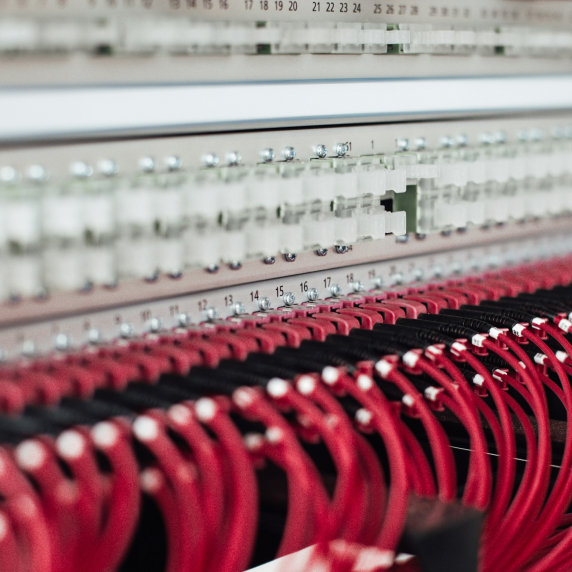Businesses today rely more than ever on reliable, secure and fast networks. A lot of people are focused on Wi-Fi or cloud applications However, what they do not realize is that the source of every smooth connection is a cabling system. This is the invisibly structure that connects the network.

Image credit: gokaravan.com
It doesn’t matter if you’re either a small-scale business or a major corporation having the correct structured cable is required.
What is Structured Cable Exactly?
Think of structured cabling as the physical skeleton of your IT infrastructure. It’s a method to arrange cables and other hardware so that all phones, computers and security systems can communicate and be connected. Structured cabling is sensible and tidy. It can adapt to changing technologies.
It is important to think about your cabling infrastructure to ensure that it supports every aspect of your business such as multimedia, voice, data as well as other technology. It’s modular, which means you can upgrade, move or alter systems without causing disruption. And most importantly, it’s flexible, able to expand according to the needs of your business.
What is the reason Structured Cabling Services Matter
The structured cabling system isn’t a universal solution. Each building, each sector, and every kind of business will have its own unique performance requirements. This is why working with a service provider who specializes in structured cabling is key.
Professionals will assess the infrastructure of your organization, its future requirements and physical layout, to create an individual design. These services include horizontal and backbone cabling, patch panels, distribution frames and the quality-assurance testing of each cable.
Karavan Technology, for instance, offers end-to-end structured cabling services across the US and Canada specifically designed for simple installations and more complex high-performance areas. Their solutions support everything from Cat5E basics to Category 7 high-frequency cabling, which can operate up to 1200MHz. They give the speed and reliability you require on every level.
The Structured Cabling Installation Procedure
One of the biggest misconceptions is that structured cabling installation is disruptive. In truth, a skilled team can complete installations quickly and without messing up daily operations.
What is a typical installation?
1. Assessment & Design: Engineers evaluate the space to determine cable routes and then map out the endpoints.
2. Installation: The cables are put in place neatly and labeled.
3. Testing and certification: Every connection is tested to ensure the quality of the signal, and then certified in accordance to the standards of performance.
4. Documentation: A complete map of your cabling network is provided to help you troubleshoot or upgrade your system in the future.
The end result is a digital system that’s ready to connect and play. It will be there for you for many years.
Future-Proofing Structured Cabling Systems
Technology is evolving quickly and your infrastructure needs to too. A structured cabling system that is properly implemented can provide benefits for the future making it easier to upgrade or extend your network without having to start over. New devices, servers or workstations may be integrated seamlessly, without having to complete overhaul.
In addition to that, as demands for data grow especially in cloud computing as well as videoconferencing, a solid foundation will prevent bottlenecks and ensure the same performance. You won’t need to worry about latency, signal loss, or costly downtime due to outdated wiring.
Final Thoughts
It’s easy to forget, but structured cabling should not be overlooked. It is the base for a future-proof network that supports all aspects of your business. It can boost the efficiency of your business and lay the foundations for your future success by having a skilled installed structured cables.
It’s not a bad idea to invest in structured cabling, whether you’re planning to start the doors of a new location or upgrade your current equipment.
